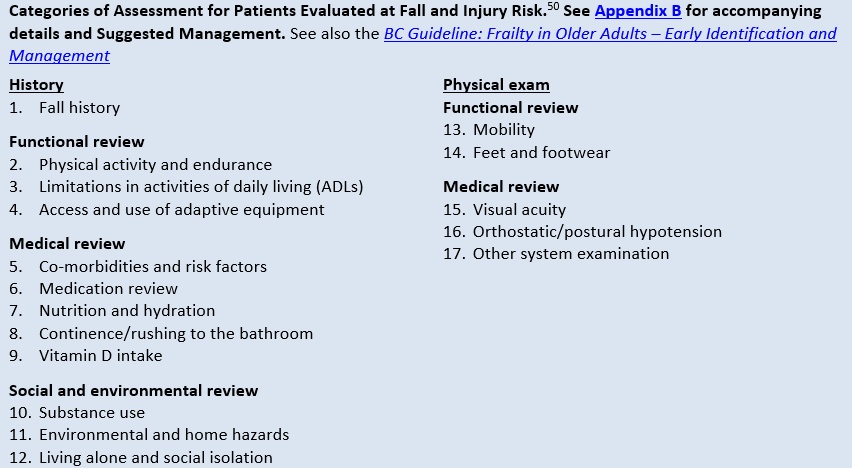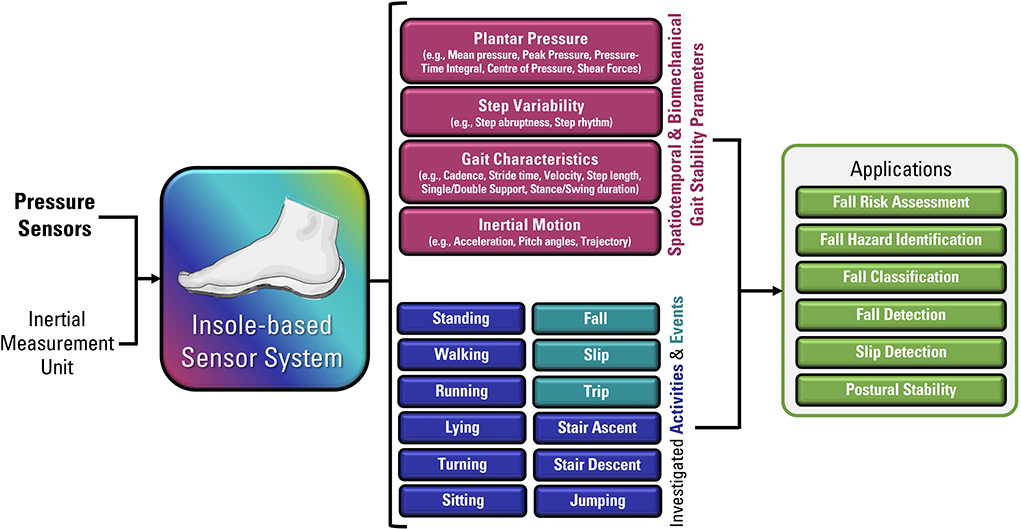The Dementia Fall Risk Ideas
The Dementia Fall Risk Ideas
Blog Article
Dementia Fall Risk Fundamentals Explained
Table of ContentsExcitement About Dementia Fall RiskDementia Fall Risk - QuestionsThe Main Principles Of Dementia Fall Risk Facts About Dementia Fall Risk Uncovered
A loss threat assessment checks to see exactly how most likely it is that you will certainly drop. The analysis usually includes: This includes a series of concerns regarding your total wellness and if you have actually had previous drops or troubles with equilibrium, standing, and/or walking.STEADI includes screening, examining, and intervention. Treatments are suggestions that may lower your threat of dropping. STEADI consists of 3 actions: you for your threat of dropping for your threat variables that can be boosted to attempt to avoid falls (for example, balance problems, damaged vision) to reduce your threat of dropping by making use of reliable approaches (for instance, supplying education and learning and resources), you may be asked a number of inquiries consisting of: Have you dropped in the past year? Do you feel unsteady when standing or strolling? Are you stressed regarding falling?, your provider will test your strength, balance, and gait, making use of the adhering to autumn evaluation tools: This test checks your stride.
If it takes you 12 seconds or more, it might suggest you are at greater danger for an autumn. This test checks toughness and balance.
The settings will certainly get tougher as you go. Stand with your feet side-by-side. Move one foot halfway ahead, so the instep is touching the large toe of your other foot. Move one foot completely before the other, so the toes are touching the heel of your other foot.
Rumored Buzz on Dementia Fall Risk
Most falls take place as an outcome of numerous adding aspects; for that reason, taking care of the danger of falling begins with recognizing the variables that add to fall risk - Dementia Fall Risk. Several of one of the most appropriate risk variables consist of: History of prior fallsChronic clinical conditionsAcute illnessImpaired gait and equilibrium, reduced extremity weaknessCognitive impairmentChanges in visionCertain high-risk drugs and polypharmacyEnvironmental variables can additionally boost the threat for drops, including: Inadequate lightingUneven or harmed flooringWet or unsafe floorsMissing or damaged hand rails and get hold of barsDamaged or improperly fitted tools, such as beds, mobility devices, or walkersImproper use of assistive devicesInadequate guidance of the people living in the NF, consisting of those who display hostile behaviorsA effective autumn risk monitoring program needs a thorough professional evaluation, with input from all participants of the interdisciplinary team

The treatment strategy ought to additionally include interventions that are system-based, such as those that advertise a go now safe atmosphere (ideal illumination, handrails, get hold of bars, etc). The efficiency of the treatments ought to be reviewed periodically, and the treatment plan modified as essential to reflect adjustments in the fall danger analysis. Executing a loss risk administration system making use of evidence-based finest technique can reduce the occurrence of drops in the NF, while limiting the capacity for fall-related injuries.
The Greatest Guide To Dementia Fall Risk
The AGS/BGS guideline suggests screening all adults matured 65 years and older for loss threat each year. This screening includes asking people whether they have actually dropped 2 or even more times in the previous year or sought clinical interest for an autumn, or, if they have not fallen, whether they feel unsteady when strolling.
Individuals that have actually dropped when without injury needs to have their equilibrium and gait examined; those with stride or balance irregularities ought to get extra evaluation. A history of 1 fall without injury and without stride or equilibrium troubles does not call for additional evaluation beyond continued yearly loss threat testing. Dementia Fall Risk. An autumn risk assessment is required as component of the Welcome to Medicare assessment

The 3-Minute Rule for Dementia Fall Risk
Recording a falls history is one of the top quality signs for autumn avoidance and management. next page Psychoactive drugs in particular are independent predictors of falls.
Postural hypotension can frequently be alleviated by decreasing the dosage of blood pressurelowering medications and/or stopping medications that have orthostatic hypotension as a side result. Use of above-the-knee assistance tube and copulating the head of the bed elevated might likewise minimize postural reductions in high blood pressure. The recommended components of a fall-focused physical assessment are displayed in Box 1.

A Yank time higher than or equal to 12 secs suggests high loss risk. Being not able to stand up from a chair of knee elevation without making use of one's arms suggests raised loss threat.
Report this page